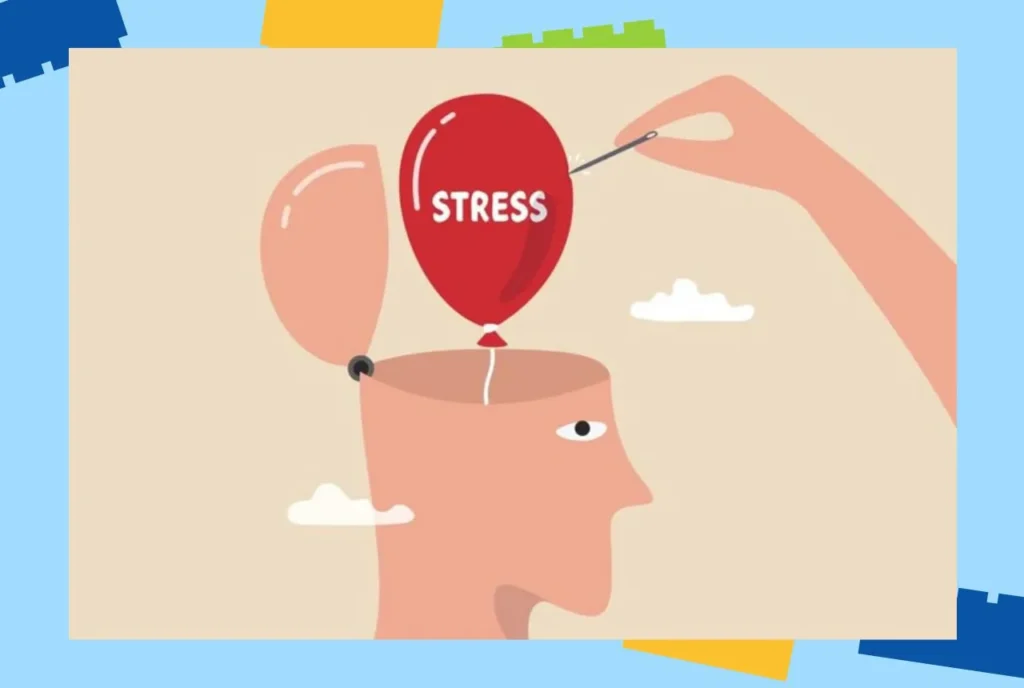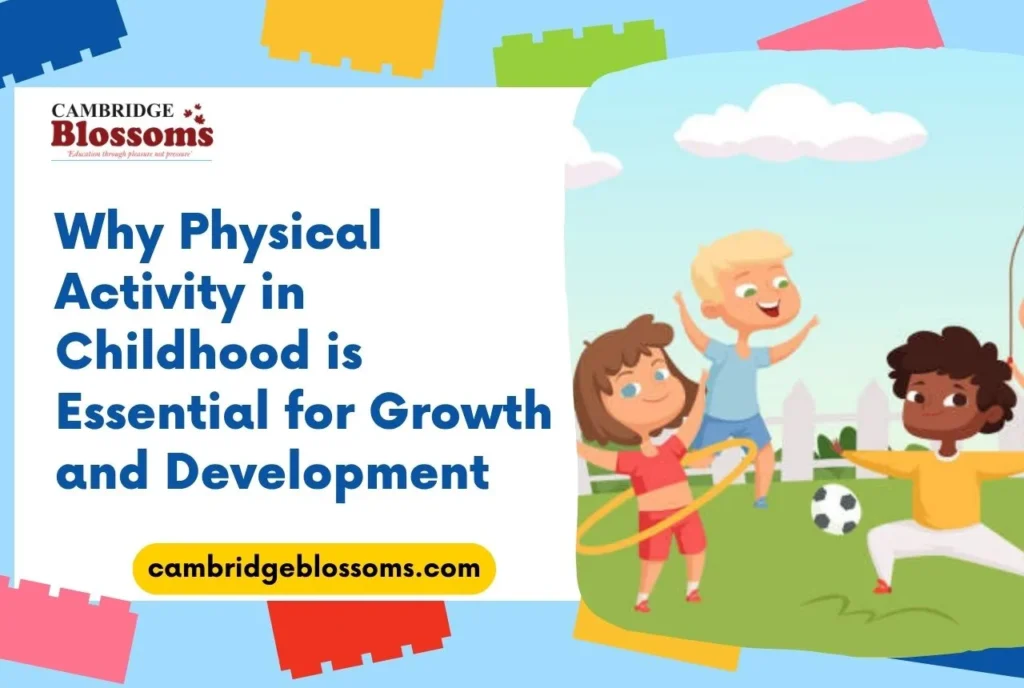Physical activity in childhood is a cornerstone for healthy growth and development. From a toddler’s first steps to the energetic running of preschoolers, every movement helps shape their physical foundation.
Physical activity for toddlers not only improves muscle strength and coordination but also builds the motor skills necessary for everyday tasks like walking, climbing, and balancing.
Active play boosts cardiovascular health, strengthens bones, and enhances flexibility. Whether it’s crawling through tunnels, hopping over cushions, or playing on swings, movement is essential for developing a child’s sense of body awareness, balance, and control.
Importance of Physical Activity for Toddlers and Preschoolers
In early childhood, movement is more than just fun—it’s educational. Physical activity offers children an outlet for energy, promotes independence, and supports overall child development.
Structured activities like dancing or obstacle courses, along with unstructured outdoor play, lay the foundation for a lifetime of early childhood fitness.
Improve Brain Function
The Connection Between Movement and Brain Development
Research shows a strong link between physical activity and brain development. As children move, they stimulate the parts of the brain responsible for thinking, memory, and emotional regulation. Exercise increases blood flow to the brain, fueling cognitive growth.

Active play also helps develop problem-solving skills, enhances sensory processing, and improves spatial awareness. Whether it’s navigating a climbing frame or following steps in a dance, every movement boosts neural connections.
How Physical Activity Improves Focus, Memory, and Learning Capacity
Engaging in regular physical activity for kids helps them stay focused in school settings and retain new information more effectively. Movement increases alertness and enhances mood, making it easier for children to learn. These cognitive benefits of exercise for kids also include better impulse control and more consistent academic performance.
Reduce Stress and Anxiety, and Build Confidence
How Exercise Helps Regulate Emotions in Children
Children experience stress just like adults, and physical activity is a powerful outlet. Exercise releases endorphins—the brain’s feel-good chemicals—helping reduce stress and anxiety. Whether it’s jumping on a trampoline or playing tag, movement allows children to process emotions more easily.

Builds Resilience and Emotional Intelligence
Regular movement builds emotional resilience. Children learn how to manage frustration, celebrate small victories, and bounce back from setbacks. These moments are crucial in developing emotional intelligence and confidence building in children.
Help to Learn How to Interact and Communicate
Group Games and Cooperative Play Improve Interaction
Social development thrives through physical play. In group settings, children learn to take turns, follow rules, and work together toward shared goals. From group dances to relay races, physical activities encourage communication and teamwork.

Helps Children Understand Empathy, Sharing, and Cooperation
Interactive play supports childhood communication development and teaches kids to express their feelings, respond to others, and handle conflict. These early social lessons help lay the groundwork for healthy relationships later in life.
Prevent Childhood Obesity and Lifelong Wellness
Establishes Healthy Habits Early
Regular physical activity in childhood sets the stage for a healthy lifestyle for kids. Habits formed in the early years often continue into adulthood. Daily movement helps balance energy levels and improves metabolism.

Combats Sedentary Behavior and Screen Time
With increasing screen exposure, active play becomes more critical than ever. Physical activity offsets sedentary routines and keeps children energized and focused. These patterns help prevent childhood obesity and instill a love for movement.
Better Sleep and Growth in Behavior
Active Children Sleep More Soundly and Behave Better
Children who engage in daily physical play tend to have more restful sleep. Adequate rest, in turn, improves behavior, attention, and mood. Active kids are less likely to experience restlessness or sleep disruptions.

Links Between Physical Activity and Reduced Behavioral Issues
Routine physical movement has been associated with fewer behavioral challenges, including hyperactivity and aggression. This makes physical activity for toddlers a natural and effective tool for supporting behavioral development.
Tips for Physical Activity for Children
- Try Indoor Fun: Dancing, obstacle courses, animal walks, or yoga for kids
- Get Outdoors: Biking, scavenger hunts, sandpit play, or running races
- Limit Screen Time: Create screen-free hours each day
- Unstructured Play: Allow time for spontaneous and imaginative activities
Incorporate short bursts of movement throughout the day to keep children energized and engaged. Parents can use these physical activity tips for parents to make fitness fun and accessible.
The Importance of Physical Activity in Childhood
Physical activity is more than just a way for kids to burn off energy—it’s a fundamental part of their development. From brain function to social skills, sleep patterns to emotional regulation, the benefits span all areas of growth. Integrating physical activity in childhood ensures that children grow up healthier, happier, and more capable.
Encourage at least one hour of active play every day. Whether it’s structured or spontaneous, physical activity for toddlers should be a joyful, non-negotiable part of their daily routine.




